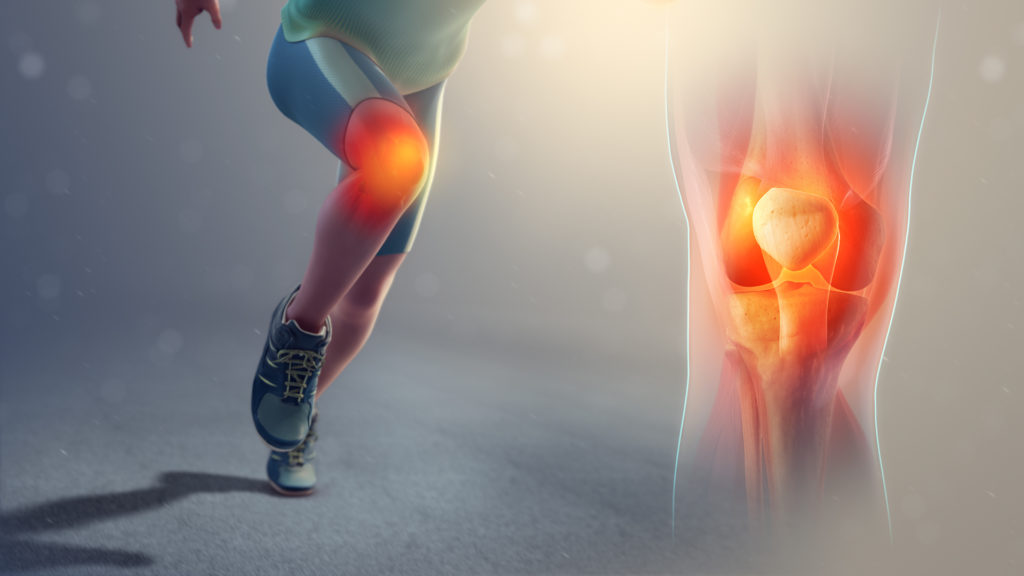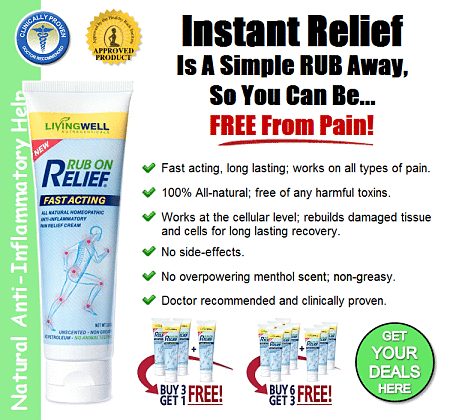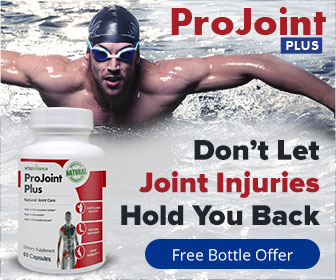What is Runner's Knee?

Runner's Knee Symptoms
What is Runner's Knee? Runners Knee (also referred to as Patellofemoral Pain Syndrome or Patellofemoral Stress Syndrome in medical terms) is probably the most common cause of knee pain, particularly in teen agers and young adults. It also affects athletes and “weekend warriors” who love the competitive edge and sometimes overexert themselves in the quest to be the best of class. Although it can happen to anyone who is doing simple things like walking or biking. So what are the most common runners knee symptoms?
- Front Knee Pain
- Difficulty When You Are Climbing Up or Down Stairs or Hiking
- Pain When You Stand Up After Sitting for a While
- Cracking, Popping or Grinding Sounds When You Move Your Knees
- Inflammation and Swelling around the Knee Cap (Patella)
- Burning Type Knee Pain
- Feeling of Instability in the Back of the Knee or That Your Knee Might Buckle
Whether you run marathons, run triathlons, run to compete or just for the superior health benefits, then it is important to protect your knees. Your knees are the weakest link and the most vulnerable to the stress and impact of running (or even power walking). Protect your knees, and they will keep you fit and active for a whole lifetime. What good is 5 years of running followed by the rest of your life behind a walker or in constant severe pain.

Runner's Knee Pain
If you are experiencing runners knee pain, then here are some thing you can do to help stop the pain, prevent permanent any permanent and stop it from happening in the future. Take some natural anti inflammatory supplements like Turmeric Curcumin to ease any pain and inflammation so you can begin the healing process naturally. Use a runners knee brace or kt tape for runners knee to provide support for you knee muscles, ligaments, tendons and connective tissue.
You can use a topical pain relief cream (like rub on relief) before you wrap your knee or knees and it will help keep the pain and inflammation at bay. Also wearing the right kind of shoes for your run or activity is very important, as too many jerky type movements and inharmonious angles can cause sprain, strain and the painful symptoms of runners knee.
If you are “flat footed” then make sure you use inserts that are made for that. I use inserts to help cushion the shock when I run on a hard surface. Also warm up with stretches for runner's knee to get your connective tissues fluid and moving before you move.

Runner's Knee Stretches
Doing some runners knee stretches can help you be ready for any running, walking, hiking or biking or any other event whee you will be bending your knees regularly. The above image shows you some basic stretches that will strengthen and warm up your knees to help prevent pain and instability in the knee joint. Here are a few other tips that can help you prevent knee pain:
Pre-Workout (Before a Run or Walk)
- Massage Your Knees (Rub your knees with the palm of your hands for at least 30 seconds each)
- Warm Up (perform a few bent-knee squats before you run)
- Run or Walk barefoot if possible (Yes, this is the natural way to run and it actually keeps your joints at the proper angle)
- Run on the beach (This is both fun as well as less impactful on your joints)
- Run on grass or dirt (Then asphalt or concrete in the order of less impact to most)
- Use running shoes (I recommend Under Armour Speedform in Womens and Mens styles as it provides the proper alignment and support as well as the right cushioning.)
- Run or Walk Close to the Ground (Try and not lift your feet too high, unless you're jumping over a log)
Post-Workout (After your Run or Power Walk)
- Hydrate (Yes, drink plenty of water, alkaline ionized water if you have it available)
- Take your shoes off (And make bare foot contact with the grass, dirt or ground)
- Self-Massage (Massage your knees to prevent post-exercise inflammation)
- Nutrition (Eat a salad with plenty of leafy greens (natural calcium) and a lean protein source
- Supplementation (Take joint protection supplement like ProJoint Plus to prevent osteoarthritis and your joints from wearing down prematurely)
The main reason we get knee pain after running is because of the impact stress, and inflammation that accumulates in the knee and joint areas that becomes stagnant and eventually hard. Follow the above simple tips and you won't end up with the dreaded Runner's Knee!
Runner's Knee Brace
You should get a good runner's knee brace if you have any pain or instability in either of your knees. If you are an athlete or participate in any sports then you should get the best runners knee brace (the Genutrain P3) that keeps your patella aligned during and through any knee bends and movements. If you are just having minor knee joint pain then you can probably get by with a more economical general knee brace that will help protect your from added knee pain.
After activity you can take off the knee brace, and self massage with a natural topical pain reliever, let it dry and put it back on again. You can also elevate your leg to rest on a couch or chair to allow any inflammation to drain away and release pressure on your knee. Also remember to use natural anti-inflammatories if you have any pain, swelling or inflammation.
Runner's Knee Treatment
Here is a Natural Runner's Knee Treatment you can use to prevent or treat runner's knee symptoms and heal any damage you may have. Protecting your knees will keep you active and mobile throughout the years. It will help you prevent osteoarthritis as well. Here is a natural treatment for runners knee:
- Natural Anti Inflammatory Supplements (Prevents Inflammation, Swelling and Reduces Pain)
- Use a Topical Pain Relief Cream (Use under a knee brace if you are going to wear one)
- Runner's Knee Brace (Stabilizes and Prevents Joint Sprain, Strain and Osteoarthritis)
- Runner's Knee Exercises (Runners knee stretches and warm ups)
- Joint Protection Supplements (Prevents your joints from wear and tear damage)
- Runners Shoes and Inserts (Use proper running shoes for the terrain you train on)
These are good natural ways in preventing and treating runner's knee and keeping you healthy and on top of your game for the long haul.
 Elite Fitness Elite Health and Fitness Blog
Elite Fitness Elite Health and Fitness Blog





One comment
Pingback: Run Safe – Protect Against Knee Pain From Running | Holistic Health Club